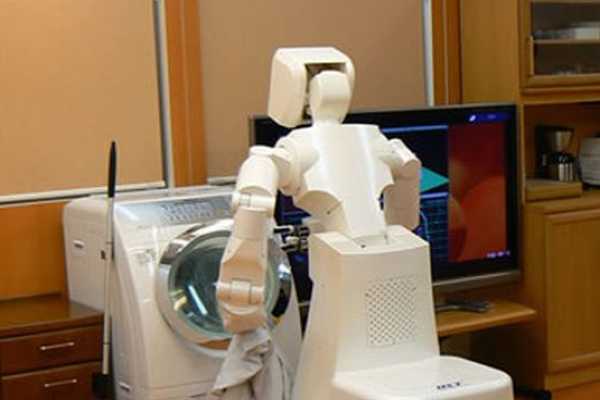Published on the 08/02/2017 | Written by Donovan Jackson

Succour for those afraid of the robot invasion…
The pending employment devastation from the rise of the robots surely has an upside and perhaps this is it. Juniper Research has said that within three short years, robot housekeepers will be in one in ten households – and while that’s for the United States, something similar might be expected down under and across the Tasman.
Now, while figures for the number of people employed as housekeepers across Australasia aren’t readily available, it is a fairly safe bet to assume that fewer than one in ten households have a housekeeper of any sort. At the same time, it is also a fairly safe bet that more than one in ten households could do with a bit of assistance around the place.
Back to Juniper Research. In a statement, it said that it has ascertained that come 2020, global unit shipments of housekeeping robots will reach 48 million, up from 15.7 million this year.
That led us at iStart to wonder: exactly what is a housekeeping robot?
Turns out it is just what it sounds like – and considerably more sophisticated than a Roomba. Check out this chap from Boston Dynamics, which runs, jumps and…well, take a look. Called Handle, it is described as ‘nightmare-inducing’ by the founder of the company which made it. Once again, the spectre of Uncanny Valley looms large; encountering that thing on an innocent midnight snack run could prove interesting.
Boston Dynamics is a Google outfit and it hasn’t only produced the Edward Scissorhands of the robotics world. Its SpotMini is geared more towards housekeeping activities like loading a dishwasher…and yes, it too leans heavily to the side of ‘weird’.
Housekeeping and other ‘service robots’ are going to be big business, if not already. Global Market Insights estimates the market size will reach USD 21.78 billion by 2022 at a CAGR of over 17 percent.
And Juniper said urbanisation and a reduction in available time for household chores were cited as key drivers behind the anticipated growth. It added that this was reflected at CES 2017 where nearly half of the Robotics marketplace was dedicated to this class of consumer robot.
It isn’t just the likes of Google which are getting in on this action; it is an obvious path for ‘whiteware’ appliance manufacturers to follow, although it does go somewhat further than the internet fridge. Juniper confirmed that vendors like Dyson, Samsung and LG have unveiled housekeeping robots, demonstrating a viable commercial proposition.
Our weird and wacky future won’t only include housekeeping and, possibly, dog walking bots. If Facebook and Twitter fail the lonely, there is always the option of ‘social’ and ‘companion robots’ – although Juniper said these have failed to live up to the hype.
It said these, such as Jibo, Kuri and Pepper, ‘are currently unable to differentiate themselves in any meaningful way over smart home assistant devices such as Amazon’s Echo’.
More than that, these ‘robots’ are essentially software devices – and what’s preventing the mighty smartphone and the likes of digital assistants/chatbots like Cortana, Siri and Google’s various iterations from tapping that market.
In a statement, research author Steffen Sorrell makes the point: “Presently, social robots are little more than expensive smart home speakers – they may look impressive but their performance is limited. Visual and aural understanding, service integration and emotional intelligence will form the key pillars that drive consumer interest in social robotics.”
Check out the Juniper whitepaper Consumer Robotics ~ From Housekeeper to Friend.



























